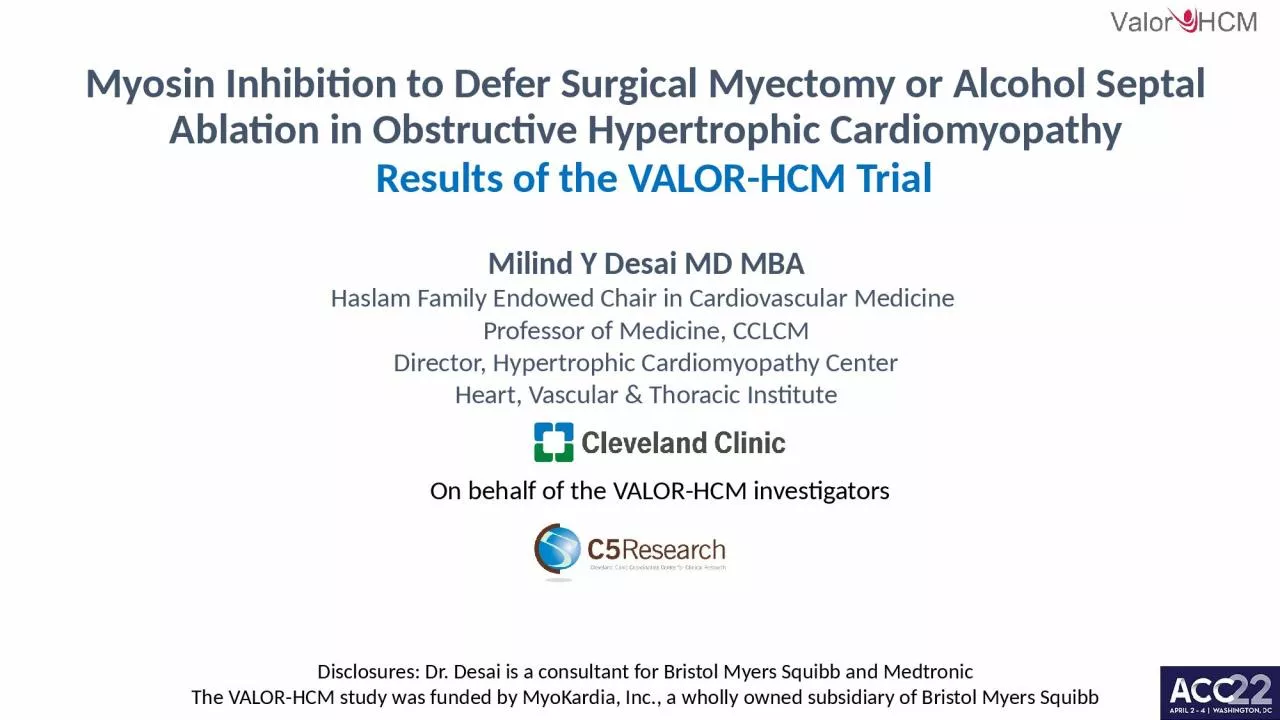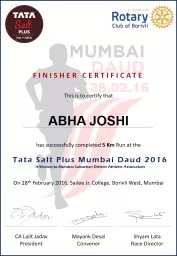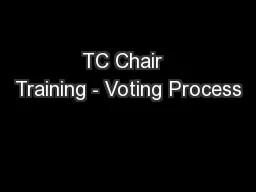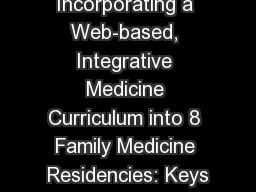PPT-Milind Y Desai MD MBA Haslam Family Endowed Chair in Cardiovascular Medicine
Author : willow | Published Date : 2022-06-28
Professor of Medicine CCLCM Director Hypertrophic Cardiomyopathy Center Heart Vascular amp Thoracic Institute Myosin Inhibition to Defer Surgical Myectomy or Alcohol
Presentation Embed Code
Download Presentation
Download Presentation The PPT/PDF document "Milind Y Desai MD MBA Haslam Family Endo..." is the property of its rightful owner. Permission is granted to download and print the materials on this website for personal, non-commercial use only, and to display it on your personal computer provided you do not modify the materials and that you retain all copyright notices contained in the materials. By downloading content from our website, you accept the terms of this agreement.
Milind Y Desai MD MBA Haslam Family Endowed Chair in Cardiovascular Medicine: Transcript
Download Rules Of Document
"Milind Y Desai MD MBA Haslam Family Endowed Chair in Cardiovascular Medicine"The content belongs to its owner. You may download and print it for personal use, without modification, and keep all copyright notices. By downloading, you agree to these terms.
Related Documents














